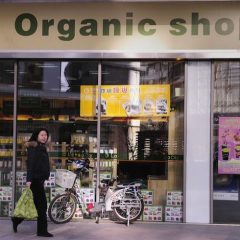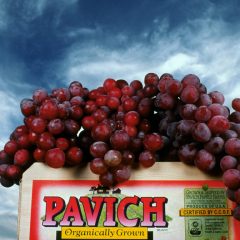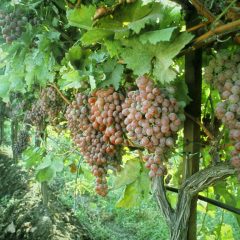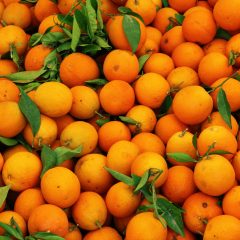China has become the world’s fourth largest consumer of organic food. Demand is driven by food safety concerns, in the wake of a series of food adulteration episodes and a lack of trust in the government’s ability to assure compliance with safety standards. Xinhua Insight reports that more and more young professionals are giving up careers […]
Read More, References, Comment »
Charles Benbrook, Center for Sustaining Agriculture and Natural Resources, Washington State University Blog Post, September 2012 A comprehensive paper on the nutritional quality and safety of conventional versus organic food was published in the September 4, 2012 issue of the Annals of Internal Medicine (Smith-Spangler et al., Vol. 157, Number 5: pages 349–369). The Stanford University Medical […]
Read More, References, Comment »
A team based at the University of Washington in Seattle has published an important study showing that in school-age children, a diet composed of predominantly organic food “…provides a dramatic and immediate protective effect against exposures to organophosphorous (OP) pesticides.” Twenty-three children were enrolled in the study, which included three phases of testing for OP […]
Read More, References, Comment »
According to a team of Italian scientists, the pesticides applied to conventional foods “can be seriously dangerous for human health and the environment” whereas some studies suggest organic food is more frequently contaminated with natural toxins. The team developed a new method to rigorously test which set of potential hazards – the chemical toxins in […]
Read More, References, Comment »
Anthocyanins are naturally occurring polyphenols that cause the red to blue colors in fruit and vegetables. They are found in grape skins and red wines and have recently been shown to have potential antioxidant and other health benefits. Some studies have shown a difference in polyphenol concentrations of crops grown using organic or conventional practices; […]
Read More, References, Comment »
Many scientific teams in Europe are trying to develop reliable and affordable tests to differentiate between organic and conventional foods. For many crops, pesticide residue levels are considered the best way to make such a determination, but in the case of citrus, this approach is unreliable. In the Mediterranean region where most of Europe’s citrus […]
Read More, References, Comment »
One of the challenges facing wine growers is that grapes have high polyphenol oxidase (PPO) activity. This natural enzyme contributes to the rate of browning in the fruit after it is picked. Browning causes a change in color and flavor of the juice, and diminishes the quality of the final product. Thus, scientists have worked […]
Read More, References, Comment »
Recent evidence has suggested that moderate consumption of red wine results in a decreased risk of cardiovascular disease. This is attributed to the antioxidant effect of the polyphenolic compounds in red wines. The major antioxidant in red wines – resveratrol – is a stilbene shown to have anticancer effects. However, wines have also been shown […]
Read More, References, Comment »
A team of U.S. Department of Agriculture scientists stationed at the Western Regional Research Center in Albany, California studied the lycopene content of 13 commercially available brands of catsup – six major national brands, three organic brands, two store brands, and two brands sold in fast food restaurants and/or vending machines (Ishida and Chapman, 2004). […]
Read More, References, Comment »
For more than ten years, scientists at U.C. Davis in California have conducted a Long-Term Research on Agricultural Systems project (LTRAS). The impacts of conventional and organic management on tomato production and tomato nutrient concentrations have been a major focus of this effort. On June 23, 2007, the American Chemical Society’s Journal of Food and […]
Read More, References, Comment »










